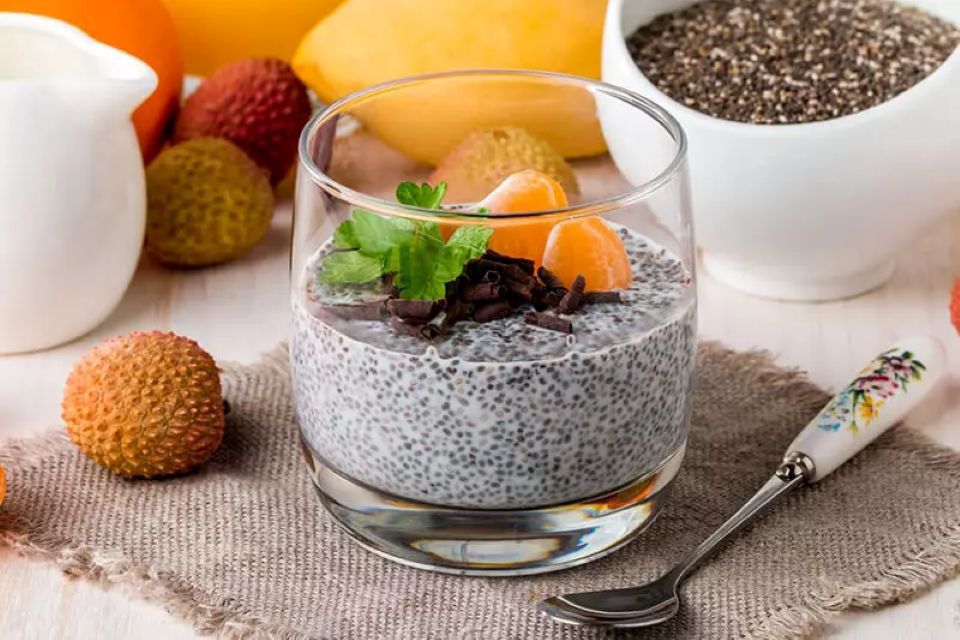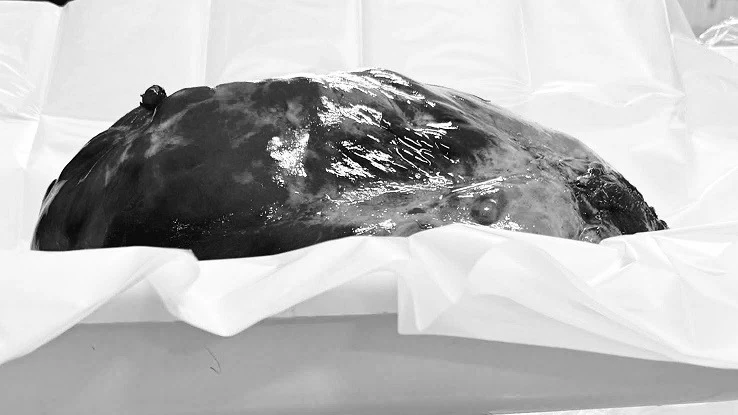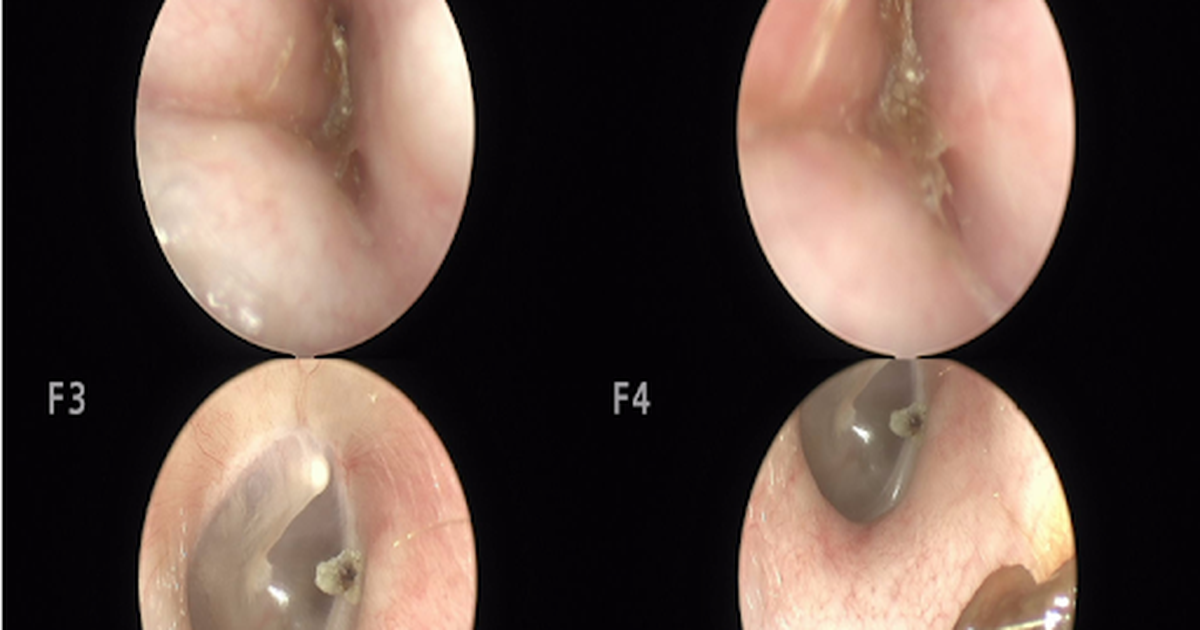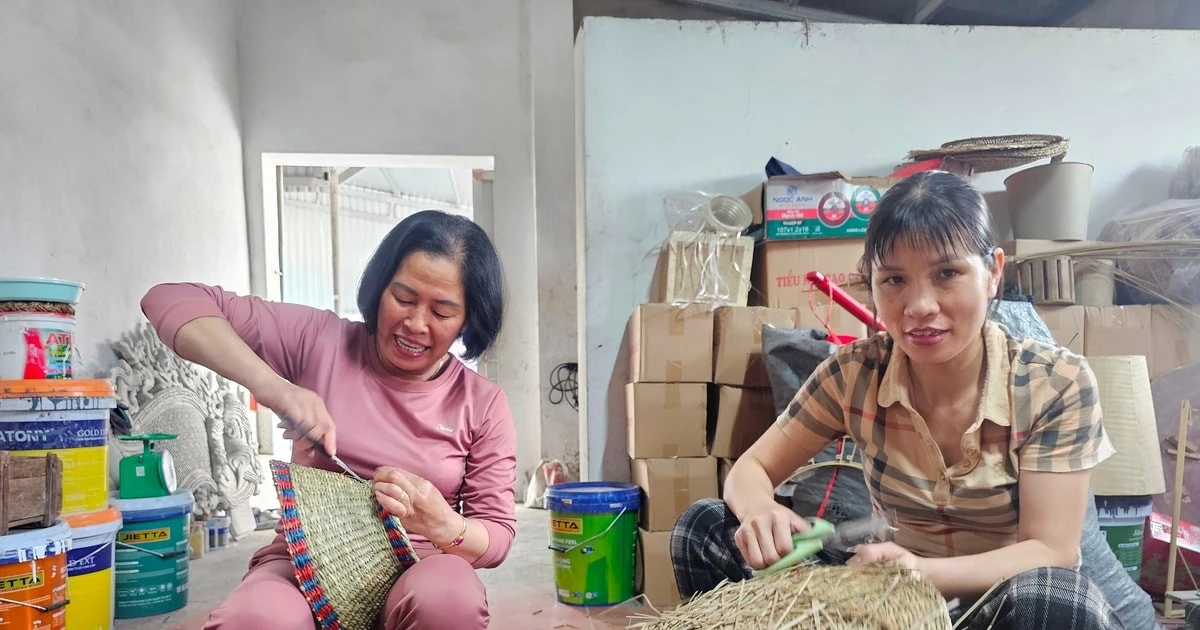What are chia seeds?
Chia seeds are small black seeds from the Salvia hispanica plant, which is related to mint or basil. Native to Guatemala and Mexico, this plant was a staple food in the daily lives of the ancient Mayans and Aztecs.
The people here often appreciate this type of seed because of the great nutritional value it brings to health. On the other hand, the word “chia” in the ancient Mayan word means “strength”.
Chia seeds are so “powerful” because they are rich in protein, fiber, and omega-3 fatty acids, along with many minerals and antioxidants that are important for the body. In addition, they are also used as a medicine to help improve health conditions such as heart disease, diabetes, or digestive problems.
Chia seeds are quite small compared to other seeds, shaped like an egg, flat with a smooth and shiny texture. Their color usually ranges from white to brown or black.
Although in ancient times this seed was considered a dietary food, today it has become a widely used and loved superfood.
Digestive disorders
For some people, combining chia seeds with warm milk can aggravate digestive issues. While chia seeds are high in fiber, which is generally fine when mixed with milk, too much fiber can lead to constipation or diarrhea.
For people with digestive problems, it is best to avoid this mixture to keep the gut healthy.

Loss of nutritional value at warm temperatures
Chia seeds are rich in omega-3 fatty acids. These acids are sensitive to heat, so when exposed to higher temperatures, such as the temperature in warm milk, these essential fatty acids are easily broken down, reducing the nutritional value of the drink.
Omega-3s play an important role in heart health, brain function, and reducing inflammation. Mixing chia seeds with warm milk may reduce or eliminate some of the benefits, making the combination less nutritionally effective.
Allergic reaction
For people who are allergic or sensitive to chia seeds or milk, combining them may increase the risk of an allergic reaction. Symptoms may include skin rashes, stomach problems, and breathing problems.
In people with this sensitive constitution, it is important to be aware of food allergens and consult a healthcare professional before trying new food combinations.
Effect on blood sugar
Chia seeds are great for regulating blood sugar levels due to their high fiber content. However, when mixed with warm milk, especially sweetened milk, it can cause a spike in blood sugar. This is especially important for people with diabetes or anyone who is monitoring their blood sugar.
Choosing unsweetened cold milk or enjoying chia seeds alone (with water) can help maintain stable blood sugar levels.
Impact on digestive enzymes
Milk contains proteins like casein and whey, which require specific enzymes to break down. Warm milk can slightly alter the activity of the natural enzymes needed for digestion.
Likewise, chia seeds are high in fiber, which can slow down digestion. The combination of warm milk and chia seeds can slow down digestion, especially in people with weak digestive systems, leading to discomfort.
How to eat chia seeds properly for good health
No matter how good any food is, if you eat too much, it is not good. It is best to eat chia seeds in moderation, about 1-2 spoons per day. You should start with a small amount of chia seeds, about half a spoon to test the adaptation of your digestive system. Then you can gradually increase.
To aid digestion, we should soak chia seeds in water before eating. Or we can grind chia seeds instead of eating whole seeds. Then the body can absorb the nutritional benefits of chia seeds better.
People can also opt for sprouted chia seeds. Sprouted chia seeds optimize protein availability and increase calcium content better.
The simplest way is to mix chia seeds with filtered water and drink normally or mix with yogurt, smoothies... Drinking about 30 minutes before meals helps you feel full and crave less starchy and high-calorie foods.
Because the omega-3 fatty acids in chia seeds are easily changed when exposed to high temperatures, it is best to soak chia seeds in cold or slightly warm water.
People at high risk such as: allergic constitution, high blood pressure, diabetes or digestive diseases should be cautious when using chia seeds. You can choose alternative foods for chia seeds including other fiber-rich foods such as: vegetables, beans, nuts, fruits and grains. Flaxseed is also a good substitute for chia seeds because it brings many similar health benefits.
Source: https://kinhtedothi.vn/nhung-nguy-co-tiem-an-khi-ngam-hat-chia-trong-sua-am.html




![[Photo] President Luong Cuong meets with Lao Prime Minister Sonexay Siphandone](https://vstatic.vietnam.vn/vietnam/resource/IMAGE/2025/4/25/3d70fe28a71c4031b03cd141cb1ed3b1)























![[Photo] Liberation of Truong Sa archipelago - A strategic feat in liberating the South and unifying the country](https://vstatic.vietnam.vn/vietnam/resource/IMAGE/2025/4/25/d5d3f0607a6a4156807161f0f7f92362)

![[Photo] Ho Chi Minh City welcomes a sudden increase in tourists](https://vstatic.vietnam.vn/vietnam/resource/IMAGE/2025/4/25/dd8c289579e64fccb12c1a50b1f59971)



































































Comment (0)